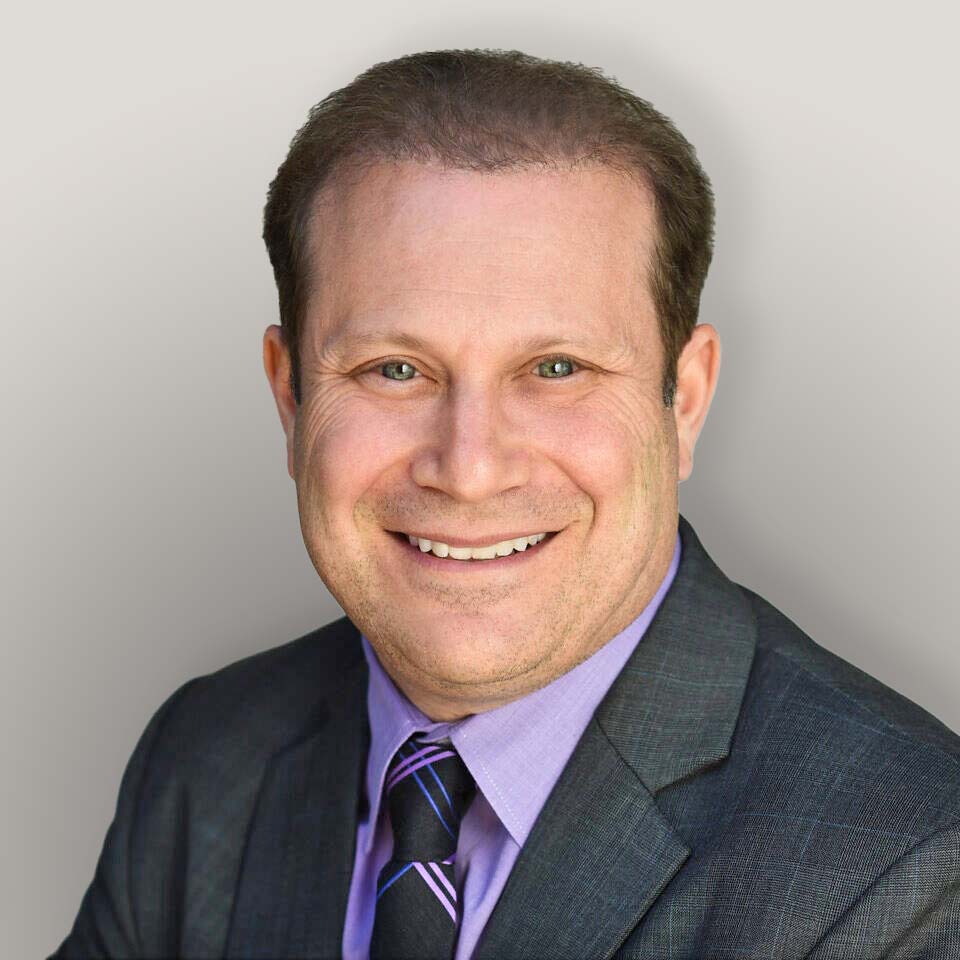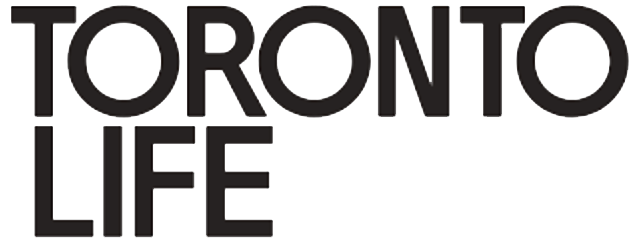- Home
- Laser Hair Removal
Cosmetic Laser Services
Laser Hair Removal
Traditional hair removal techniques like shaving, plucking and waxing, provide only temporary relief and may actually stimulate hair growth. Electrolysis often requires years of ongoing treatments. But laser hair removal is a permanent and pain free solution for dramatic hair reduction.
Laser hair removal works by targeting the pigment inside the hair follicle without damaging delicate pores and structures of the skin. Because hair cycles through “growth” and “dormant” phases, and because during the “dormant” phase the follicle has no pigment, at least 2 or 3 treatments will be needed.
The area to be treated is shaved. A small handpiece, or “wand” is placed against the skin and a burst of coolant is applied as the laser is activated. The handpiece is repositioned and the laser is activated again. The size or the area treated will determine the number of laser “pulses” required.
To speak with Toronto Dermatologist Dr. Nowell Solish about how he can help you achieve your goals, Request a consultation, or call our office at 416 964 8888.
With electrolysis, the operator inserts a needle into the hair shaft with the intention of reaching the follicle, and then sends a small electrical charge designed to disable the follicle. The operator then removes that particular hair with a tweezer.
Hair removal is much faster with a laser as the laser is pulsed about once per second across the surface of the skin. Each “pulse” of laser light disables a large numbers of hair follicles. Electrolysis operators can only treat those hairs that they can see and which they can reach the follicle through the hair shaft. A laser treats any “active” follicle, even if the hair has not yet reached the surface of the skin, or if the hair shaft is not straight.
Dr. Nowell Solish
Dr. Solish is a renowned specialist in the field of cosmetic dermatology and dermatologic surgery. He was one of Canada's first cosmetic dermatologists to use injectable BOTOX. Dr. Solish is the Director of Dermatologic Surgery at the University of Toronto. He is also published in peer-reviewed journals, and lectures regularly on dermatologic surgery techniques worldwide.

The number of sessions will vary for each individual. During the initial visit, the laser light disables those follicles in the “active” phase of the growth cycle. Follicles in the “dormant” phase will not be affected. Since follicles cycle through “active” and “dormant” phases, additional sessions may be desired once the “dormant” follicles become “active”. For this reason, we recommend a series of three treatments.
While some areas of the body are more sensitive than others, most patients report little or no discomfort. For more sensitive patients, anesthetic creams can be applied prior to the treatment.
Immediately after the treatment the skin will look pink and slightly swollen, similar to a sunburn. This will subside within an hour or two and the skin will return to normal. Occasionally, a patient will have temporary pigment changes, blistering, or scabbing. As with electrolysis, cases of scarring have been reported with laser hair removal, but these are extremely rare. A test spot is the best determinant of how each individual’s skin will react.








